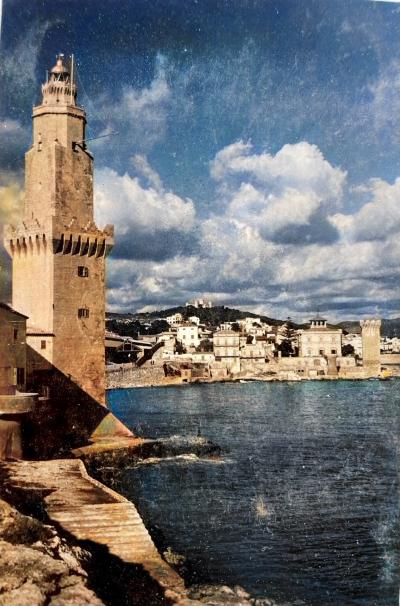In what ways did Ramon Llull's teaching methods encourage student engagement during his era?
Similar Topics
ramon llull teaching
medieval teaching methods
student engagement strategies
combinatorial logic learning
ars magna mnemonic
interactive learning techniques
critical thinking education
collaborative learning debate
Ramon Llull, a medieval philosopher and scholar, employed innovative teaching methods that distinguished him from many of his contemporaries and encouraged active student engagement. Unlike the more rigid and rote memorization techniques commonly used during his era, Llull incorporated interactive and imaginative approaches to learning, drawing upon his unique system of combinatorial logic and symbolic diagrams. These methods allowed students to explore complex philosophical and theological concepts more intuitively, fostering deeper understanding rather than passive absorption of information.
Llull’s use of mnemonic devices and visual aids, such as his well-known "Ars Magna," provided a stimulating and structured way for students to connect ideas across different domains of knowledge. By encouraging learners to manipulate symbols and engage in logical reasoning exercises, he promoted critical thinking and self-inquiry. This hands-on engagement with abstract ideas was novel for the time and helped maintain student interest by transforming learning into an active, participatory process.
Moreover, Llull’s emphasis on dialogue and debate further supported student involvement in education. He believed that intellectual exchange was crucial for refining arguments and deepening comprehension. His method often invited students to question assumptions and articulate their thoughts clearly, fostering an environment of collaborative learning. In short, Ramon Llull’s teaching strategies broke away from mere recitation and instead created a dynamic space where students could engage personally and thoughtfully with complex subjects.
Llull’s use of mnemonic devices and visual aids, such as his well-known "Ars Magna," provided a stimulating and structured way for students to connect ideas across different domains of knowledge. By encouraging learners to manipulate symbols and engage in logical reasoning exercises, he promoted critical thinking and self-inquiry. This hands-on engagement with abstract ideas was novel for the time and helped maintain student interest by transforming learning into an active, participatory process.
Moreover, Llull’s emphasis on dialogue and debate further supported student involvement in education. He believed that intellectual exchange was crucial for refining arguments and deepening comprehension. His method often invited students to question assumptions and articulate their thoughts clearly, fostering an environment of collaborative learning. In short, Ramon Llull’s teaching strategies broke away from mere recitation and instead created a dynamic space where students could engage personally and thoughtfully with complex subjects.
🧩 Related Questions
Related Question
Can travelers rent high-performance or classic cars in Mallorca to experience the island’s scenic drives themselves?
Related Question
Can you find any historical buildings in Cala d'Or that predate the whitewashed style?
Related Question
Are visitors likely to hear cicadas more in rural or urban areas of Mallorca during the summer?
